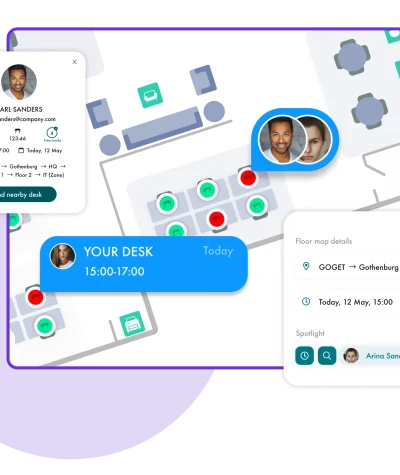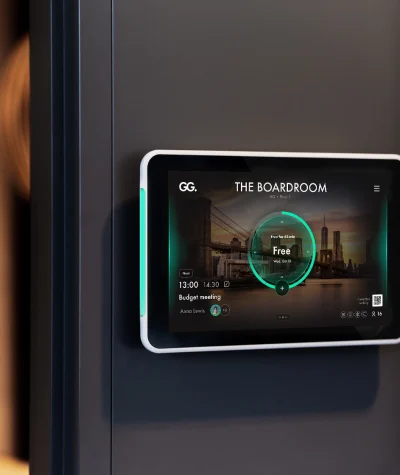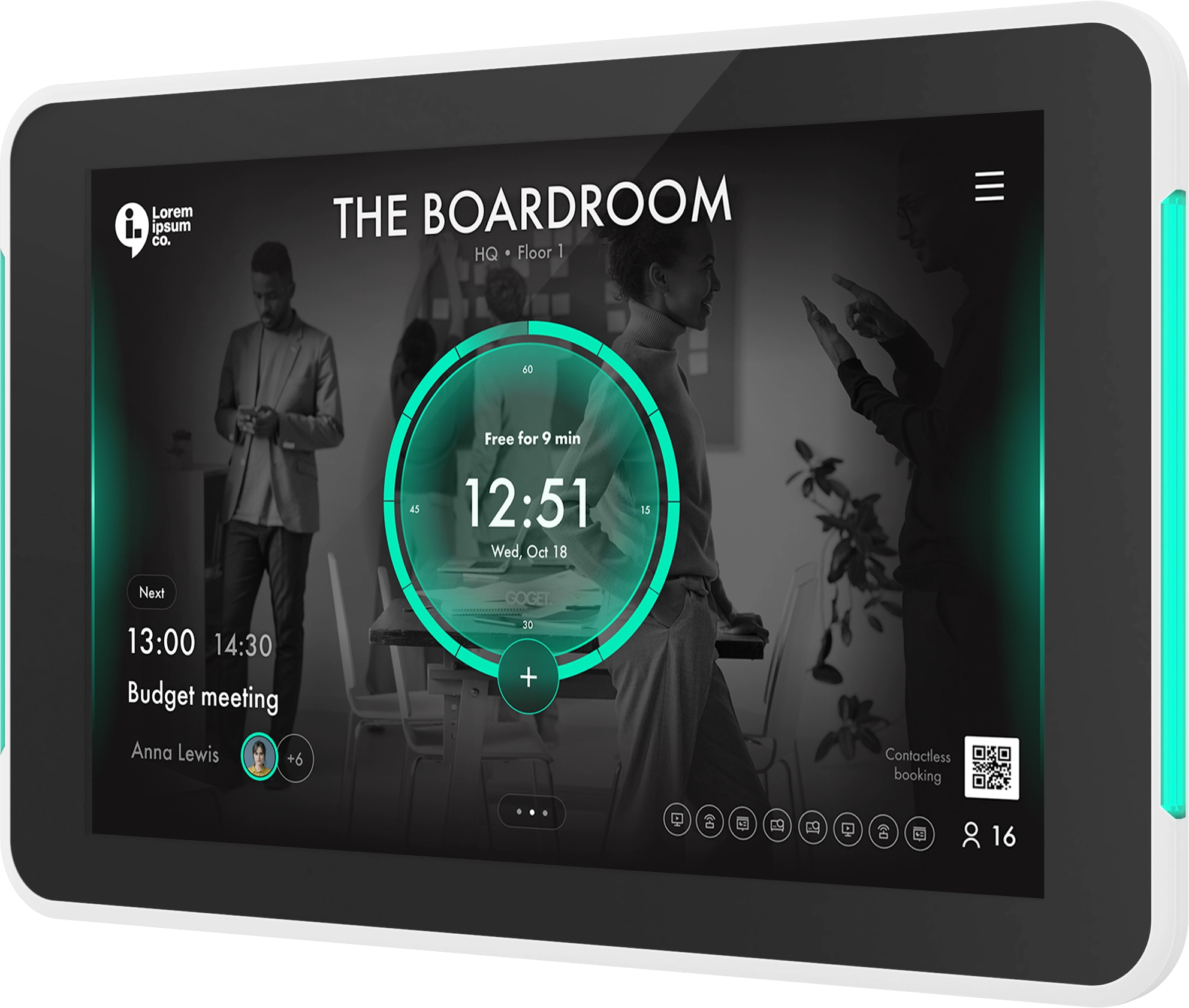With workplace analytics, you can gain a clear understanding of how office spaces are utilized, eliminating any uncertainties. These tools provide real-time data on desk and meeting room usage, enabling you to make informed decisions about your organization’s workspaces based on objective data rather than subjective opinions.
In addition to this, workspace insights can help you identify underutilized areas in your office, allowing for effective optimization of your space. For example, by analyzing the data, you can gain insights into the peak usage times for desks and meeting rooms. This information can then help you determine the optimal number of desks required in the office. Furthermore, you can decide whether to assign these desks to specific individuals based on their usage patterns or make them available for anyone to reserve on a hot-desking basis. By optimizing the number of desks and increasing their utilization, you can reduce costs significantly by decreasing your office size.
Key data categories of Workplace Analytics
With premium workplace analytics solutions, data is accurately collected from reservations of workspaces being done from e.g. traditional clients such as Outlook/Google Calendar but also directly from conference room displays and workspace reservation mobile apps. Data collected from various sources is merged and filtered based on customizable time periods, providing insights at the individual meeting room and desk level.
There are three main data categories of Workspace Analytic:
Reservations Analytics:
Gain insights into the total number of meetings, their frequency, average duration, meeting length distribution, and the percentage of no-show bookings during the selected time period. Excellent to get an understanding of booking volumes and how they are distributed among bookable workspaces and throughout time.
Utilization Insights:
Get a deeper understanding of how efficiently bookable workspaces are utilized. Analyze occupancy trends by day of the week, room capacity, and identify the most and least occupied meeting rooms. Visualize this data in a heat map to create a clear and intuitive overview, facilitating better decision-making.
Meeting Behavior:
Get an understanding of the underlying booking behavior by getting information on which rooms/desks that have the most no-shows, and also the attendance rate for individual rooms which gives a clear indication if there is a match between average number of participants vs number of seats for individual rooms.
These categories will form the foundation for analyzing your workspace utilization, providing data-based decision support for the optimization of your office space.
How can Workplace Analytics help you right-size your office?
Workplace analytics can help you right-size your office by providing reliable data on office space usage. By analyzing occupancy rates, desk utilization, and meeting room bookings, it can identify areas of over- or underutilization. This information allows you to make informed decisions about reallocating space, optimizing layouts, and potentially reducing your office footprint without compromising productivity or employee satisfaction. Since rents and utilities are some of the largest expenses for most companies, rightsizing your office can have a significant impact on your bottom line.
Reduce cost by reclaiming no-show bookings and right-size your office
A common issue in many organizations is standing meeting room bookings that are rarely used. Our experience from a wide range of organizations shows a clear pattern where 20-30% of all meeting reservations don’t actually lead to a physical meeting. For instance, a project team might have a meeting room booked every Tuesday at 10 but rarely use it, since their meetings are often fully remote or it’s simply a case of meeting organizers having a change of plans. With a required Check-in feature available for premium meeting room displays, no-show bookings like these can be reclaimed for others to use. This feature requires people to physically check in on the meeting room displays to claim their meeting within a specific time frame. If they don’t, the meeting will be deleted, and the time slot made available for others to book, which can help you increase the utilization of your meeting rooms significantly.
After salaries, rent and utilities are the largest expenses for most companies. Because of this, reclaiming no-show bookings can lead to significant cost savings by being able to rightsize the number of bookable spaces to match the real demand. For some solutions you can even calculate the savings by entering the hourly cost of your meeting spaces, and Workspace insights calculate how much you have saved through reclaiming no-show meetings. For example, if a company’s meeting room costs $50 per hour and ten no-show meetings are reclaimed in a month, the potential savings amount to $500.
Optimize space usage and boost employee satisfaction with flexible workspace strategies
In addition to right-sizing your office, implementing flexible workspace strategies can combine in-office and remote work to optimize space usage and, according to a Deloitte Survey, report higher job satisfaction than other workers. By adopting hybrid work models and encouraging remote work, you can significantly reduce the need for physical office space. Even with limited office space, you can create a flexible workspace by using partitions and modular furniture to easily adapt space according to changing needs.
You can also implement hot-desking or hoteling to further optimize space utilization. These approaches reduce the number of fixed desks and accommodate fluctuating staff numbers more efficiently. Hot-desking allows employees to choose from available desks on a first-come, first-served basis, promoting flexibility and collaboration. Desk hoteling, on the other hand, allows employees to reserve desks or workspaces in advance, ensuring they have a dedicated space when needed.
With the help of workplace analytics and flexible workspace strategies, you can make informed decisions, enhance workspace efficiency, and create a more productive and cost-effective work environment. If you’re interested in learning more about how workspace insights and flexible workspace strategies can help optimize your office space and reduce costs? Reach out to us at Goget and discover how we can help you make the most of your workspaces.



